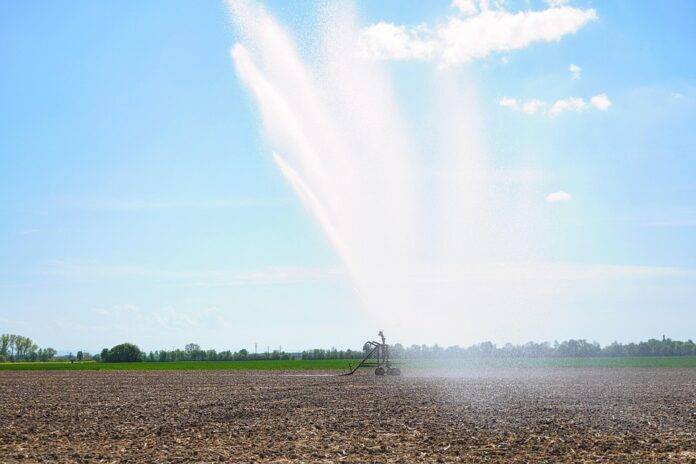High Pressure vs. Low Pressure Sprinkler Systems Explained
Introduction
When it comes to irrigation systems, high pressure and low pressure sprinkler systems are two common choices for farmers and landscapers. Understanding the differences between these systems is crucial in determining which one is the best fit for your specific needs. In this report, we will explore the key characteristics, advantages, disadvantages, and industry insights of high pressure and low pressure sprinkler systems.
Key Differences Between High Pressure and Low Pressure Sprinkler Systems
High pressure sprinkler systems operate at pressures above 40 psi, while low pressure systems operate at pressures below 40 psi. High pressure systems are typically used for larger areas with high water requirements, such as agricultural fields, golf courses, and parks. They are designed to cover large areas efficiently and effectively.
On the other hand, low pressure sprinkler systems are more suitable for smaller areas or residential settings. They are often used in gardens, lawns, and landscaping projects where water requirements are lower. Low pressure systems are more cost-effective and energy-efficient compared to high pressure systems.
Advantages of High Pressure Sprinkler Systems
High pressure sprinkler systems offer several advantages, including:
1. Efficient water distribution: High pressure systems can cover large areas with minimal water wastage.
2. Uniform coverage: They provide even distribution of water, ensuring that every part of the area receives sufficient moisture.
3. Flexibility: High pressure systems can be customized to meet specific water requirements, making them suitable for a wide range of applications.
4. High performance: These systems are designed to deliver high water volumes at a consistent pressure, resulting in optimal irrigation outcomes.
Disadvantages of High Pressure Sprinkler Systems
Despite their advantages, high pressure sprinkler systems also have some drawbacks, including:
1. Higher cost: High pressure systems are typically more expensive to install and maintain compared to low pressure systems.
2. Energy consumption: These systems require more energy to operate, leading to higher utility bills.
3. Potential for damage: The high pressure can put stress on pipes, fittings, and sprinkler heads, increasing the risk of leaks and breakages.
4. Limited application: High pressure systems may not be suitable for small or irregularly shaped areas due to their design and coverage capabilities.
Advantages of Low Pressure Sprinkler Systems
Low pressure sprinkler systems offer several advantages, including:
1. Cost-effectiveness: Low pressure systems are more affordable to install and maintain, making them a budget-friendly option for small-scale applications.
2. Energy efficiency: These systems require less energy to operate, resulting in lower operating costs and reduced environmental impact.
3. Reduced risk of damage: The lower pressure reduces the strain on components, minimizing the risk of leaks and system failures.
4. Versatility: Low pressure systems can be easily adapted to fit various landscape designs and water requirements.
Disadvantages of Low Pressure Sprinkler Systems
Despite their advantages, low pressure sprinkler systems also have some limitations, including:
1. Limited coverage: These systems may not be suitable for large areas or high water requirements, as they are designed for smaller-scale applications.
2. Less uniform distribution: Low pressure systems may struggle to provide even coverage across the entire area, leading to dry spots or overwatered areas.
3. Reduced performance: The lower pressure may result in slower water delivery and less efficient irrigation compared to high pressure systems.
4. Maintenance requirements: Low pressure systems may require more frequent maintenance to ensure optimal performance and prevent clogs or malfunctions.
Industry Insights and Trends
The irrigation industry is constantly evolving to meet the changing needs of farmers, landscapers, and homeowners. Recent trends in the industry include:
1. Sustainable practices: There is a growing focus on water conservation and sustainable irrigation practices, leading to the development of more efficient sprinkler systems.
2. Smart technology: The integration of smart sensors and controllers in sprinkler systems allows for automated and precise water management, optimizing water usage and reducing waste.
3. Customization options: Manufacturers are offering a wider range of customization options for sprinkler systems to cater to diverse applications and preferences.
4. Energy-efficient solutions: The demand for energy-efficient irrigation systems is on the rise, driving innovation in low pressure and high pressure sprinkler technologies.
In conclusion, both high pressure and low pressure sprinkler systems have their own set of advantages and disadvantages, and the choice between the two depends on factors such as the size of the area, water requirements, budget, and maintenance preferences. By understanding the key differences and industry trends, users can make informed decisions when selecting the most suitable sprinkler system for their specific needs.




